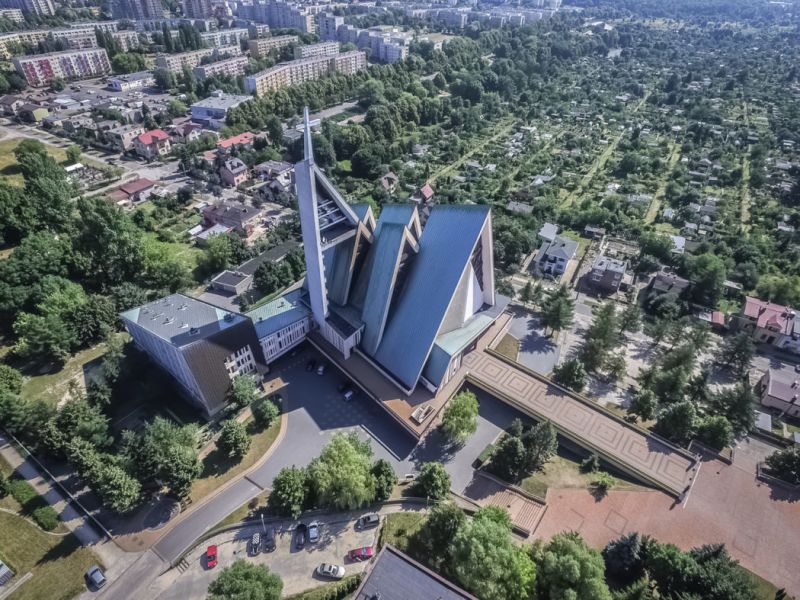Exploring Poland’s Radical Post-War Churches
A Cultural Response to Political Climate
Since 1945, around 3,587 churches have been constructed across Poland, each telling a unique story about the architectural landscape during a tumultuous period. These structures represent not only places of worship but also cultural centers that served the community, providing a safe haven during the oppressive years of communism.
Architectural Passion Projects
Interestingly, most of these churches were created by local community groups without official permission. State-employed architects devoted their free time to design these buildings as personal projects. Consequently, the result was an array of exuberant and ambitious structures that stand in stark contrast to the regimented urban zones and tranquil rural communities surrounding them.


A Community Hub
The churches transcended their religious functions; they became cultural hubs. According to co-curator Izabela Cichonska,
“People were not just expecting to build a place to pray; it was also working like a culture center.”

Conclusion
The radical post-war churches of Poland stand as a testament to the resilience and creativity of communities during a challenging era. These structures are not only architectural marvels but also significant historical and cultural landmarks. Exploring these churches provides insights into the intersection of faith, politics, and community in Poland’s history.




